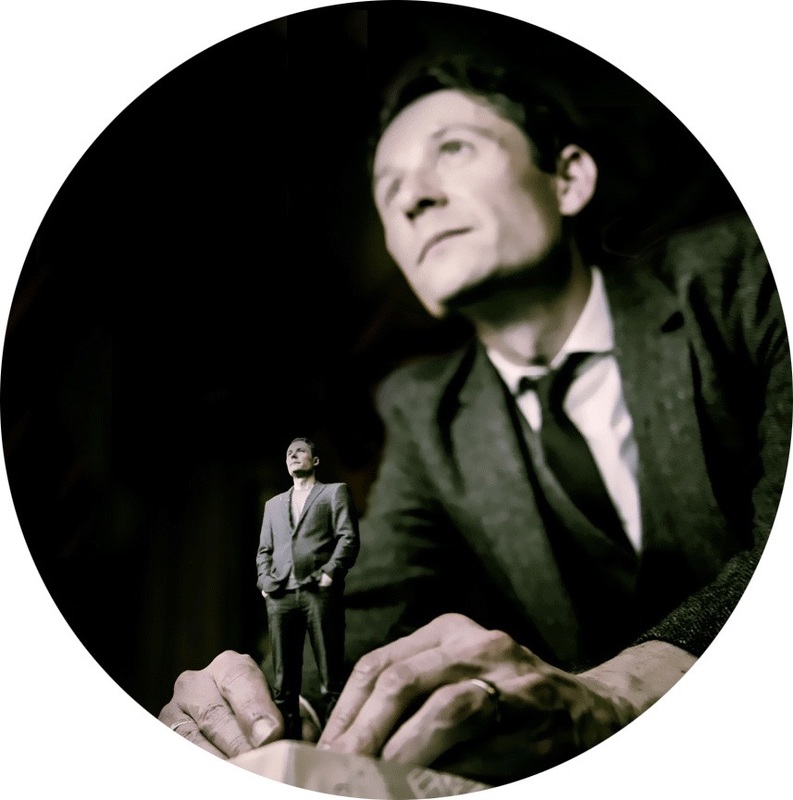Last Thursday and Friday (16 & 17 June) I attended the Visualizing the Street Conference, hosted in Amsterdam by the ASCA Cities Project. Alongside my colleague Jeremy Knox, I presented a methodology for investigating the city that drew on multimodality and mobilities (including Kress & Parcher (2007)), combined with the growing scholarly interest in urban walking (including Richardson (2016)). Our methodology involved undertaking an unrehearsed dérive through the city where we set out to gather aural and visual data that would provide opportunities for thinking about our relationship with the city. This methodology involved arriving early in Amsterdam ahead of the conference in order to undertake our walk around the city, before reflecting on the data and then pulling it together into something coherent ahead of our presentation the next day. Perhaps the most interesting part of our approach was that, for the most part, our route through the city was guided by the sights and sounds that grabbed our attention, reflected in the video below.
As we reflected on our experience in the hours following the dérive, one of the ideas to emerge was that while we might see ourselves as freely exploring the city, our path was also shaped by weather, building work, hunger and also self-preservation as we attempted to negotiate a safe route between bikes, trams, mopeds and canals. We became part of the city's network, subject to its flows and varying rhythms: with more time for reflection we would like to have explored how sociomateriality and posthumanism might differently theorise our approach.
Another idea to emerge in conversation was the importance of paying attention to the aural character of our environment. As the acoustician Trevor Cox has recognised (2014), for a long time we have heavily privileged what we see over what we hear, meaning that the aural character of our environment is under-theorised and under-considered. In our approach we attempted to turn up the volume on the city, as we simultaneously gathered sounds and images on our phones. When we later came to review this data it became clear that focusing on a single mode sometimes provided an incomplete or at times misleading representation of the city. At the same time, by looking beyond the visual we gained a more complete appreciation of our surroundings in the moment that we gathered our data, or as I put it during our conference presentation:
Here are the slides from our presentation, although unfortunately without the accompanying field recordings that we played to accompany our discussion.
References:
2 Comments
Leave a Reply. |
Search categories
All
I am a Lecturer in Digital Education (Education Futures), within the Centre for Research in Digital Education at The University of Edinburgh.
@james858499 [email protected] |
